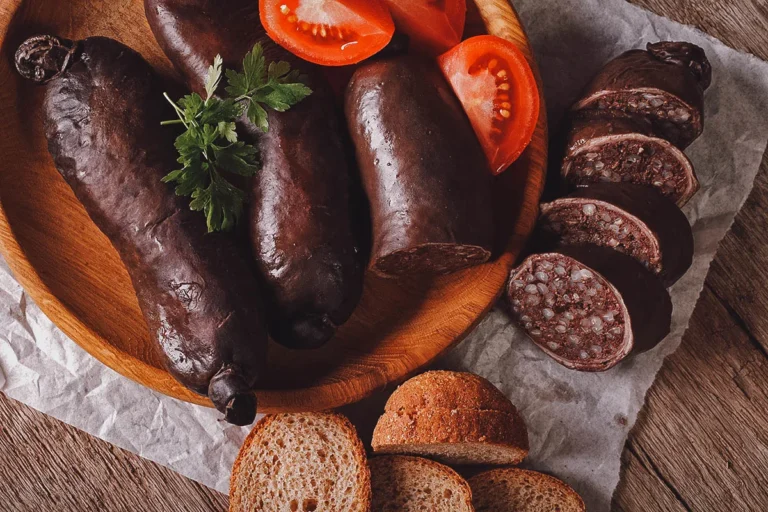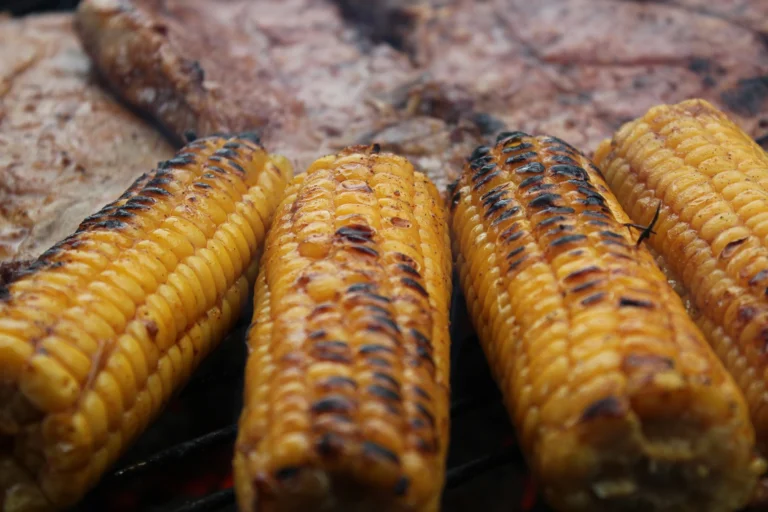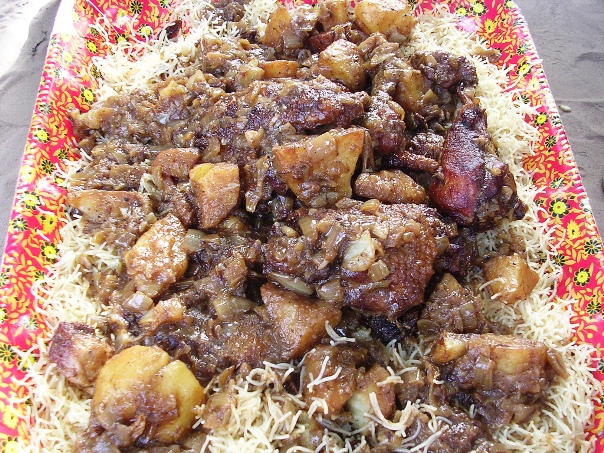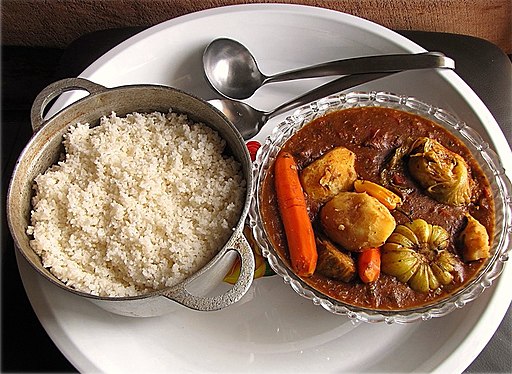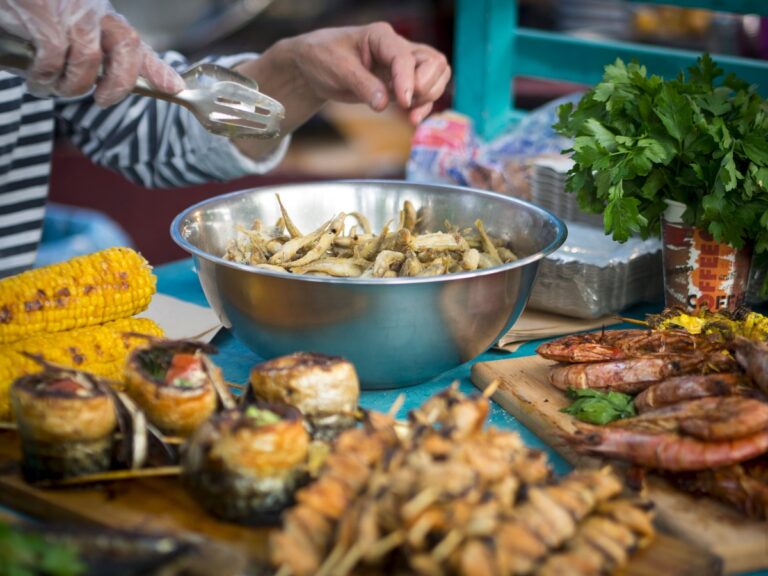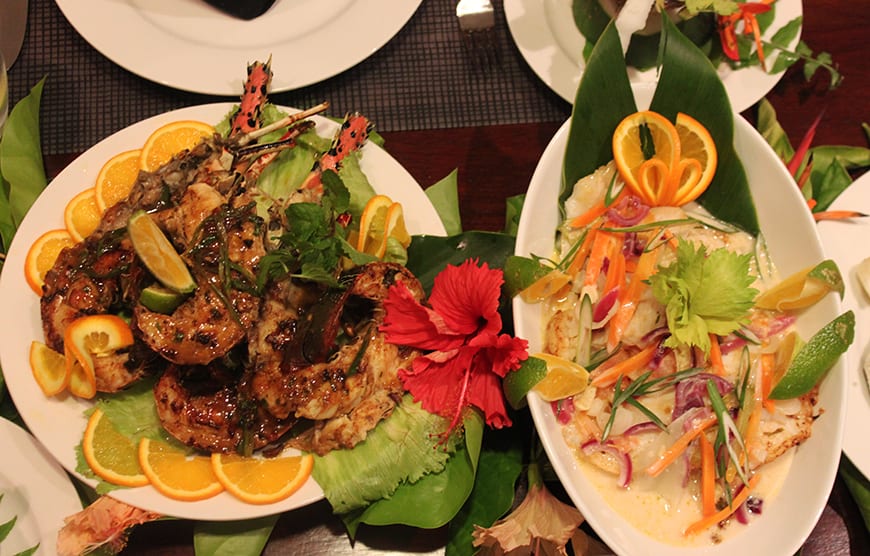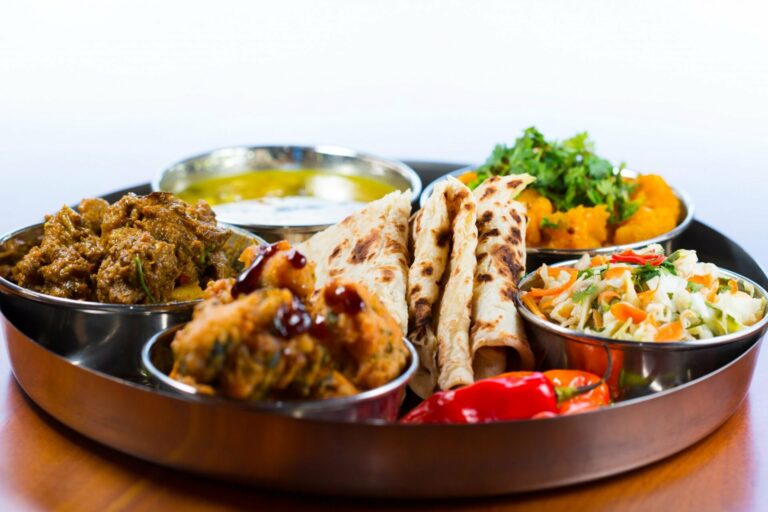Introduction: What is “kama” and Its Significance
“Kama” is a traditional Estonian powdered grain mixture that has been a staple food in the country for centuries. The term “kama” is derived from the Livonian word “kama,” which means “flour mixture.” The mixture is a combination of several different grains that are roasted, ground, and mixed together to produce a nutritious and tasty powder that can be used in a variety of dishes.
Kama has a special place in Estonian cuisine, and it is often consumed as a snack, dessert, or even a breakfast food. It is also used to make porridges, pancakes, and other sweet treats like pies and cakes. Besides its culinary significance, kama is also an important cultural symbol that represents Estonian identity and traditions.
The Ingredients Used in Making “Kama”
The ingredients used to make kama vary slightly depending on the region and the recipe used. However, the main components are always grains, such as wheat, rye, barley, and oats. Some recipes also include buckwheat or peas. The grains are usually roasted before being ground to give the kama a distinct flavor and aroma. Sugar or salt may also be added to taste.
The Process of Preparing the Ingredients
To make kama, the grains are first cleaned and then roasted in a hot oven. The roasting process not only enhances the flavor but also makes the grains easier to grind. After roasting, the grains are left to cool before being ground in a mill or a food processor. The ground grains are passed through a sieve to remove any large pieces.
Mixing the Ingredients Together
Once the grains have been ground and sieved, they are mixed together in the desired proportion. Sugar or salt may also be added at this stage, depending on the recipe. The mixture is usually stirred well to ensure that the sugar or salt is evenly distributed.
Cooking the Mixture
To make kama, the mixture is usually not cooked. However, some recipes call for the addition of milk or yogurt to make a porridge or a drink. In this case, the kama is mixed with the liquid and heated until it thickens to the desired consistency.
Turning the Mixture Into Powder
After the mixing and cooking process, the kama may still be in a coarse form. To turn it into a fine powder, it is usually ground again in a mill or a food processor. The powder is then passed through a sieve to remove any large pieces, giving it a smooth and silky texture.
Storing and Using “Kama”
Kama can be stored in an airtight container at room temperature for several months. Once opened, it should be consumed within a few weeks to ensure freshness. Kama can be used in a variety of dishes, including porridges, pancakes, and cakes. It can also be mixed with milk, yogurt, or water to make a refreshing drink.
A Few Popular Recipes that Use “Kama”
There are many recipes that use kama as the main ingredient. One popular dish is “kamavaht,” which is a sweet and light dessert made by mixing kama with whipped cream and sugar. Another popular recipe is “kamapannkoogid,” which are pancakes made with kama, flour, milk, and eggs. Kama can also be used to make a healthy smoothie by blending it with yogurt, berries, and honey.


